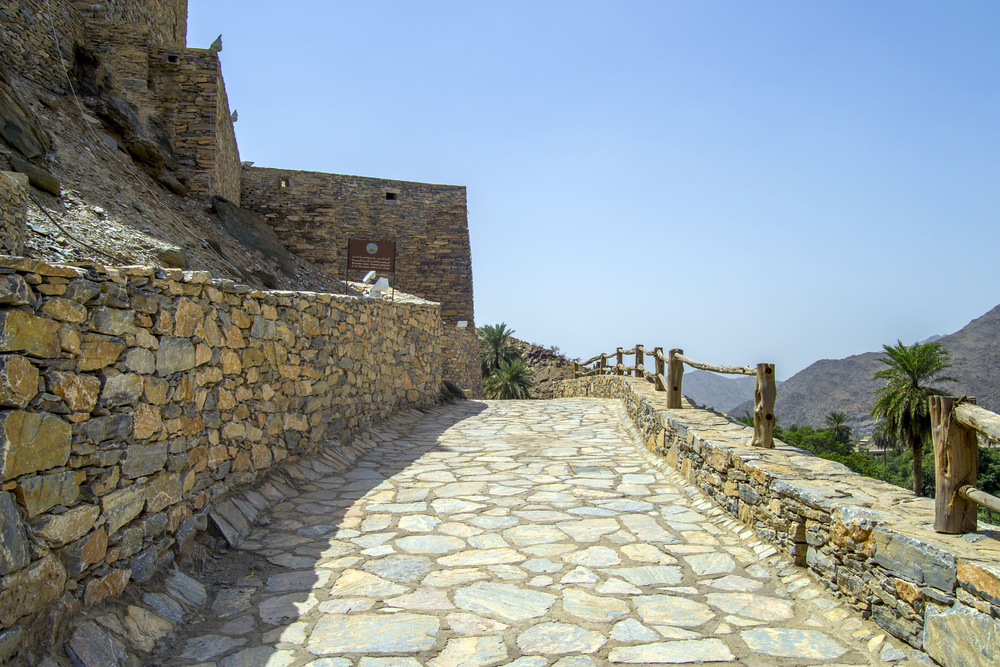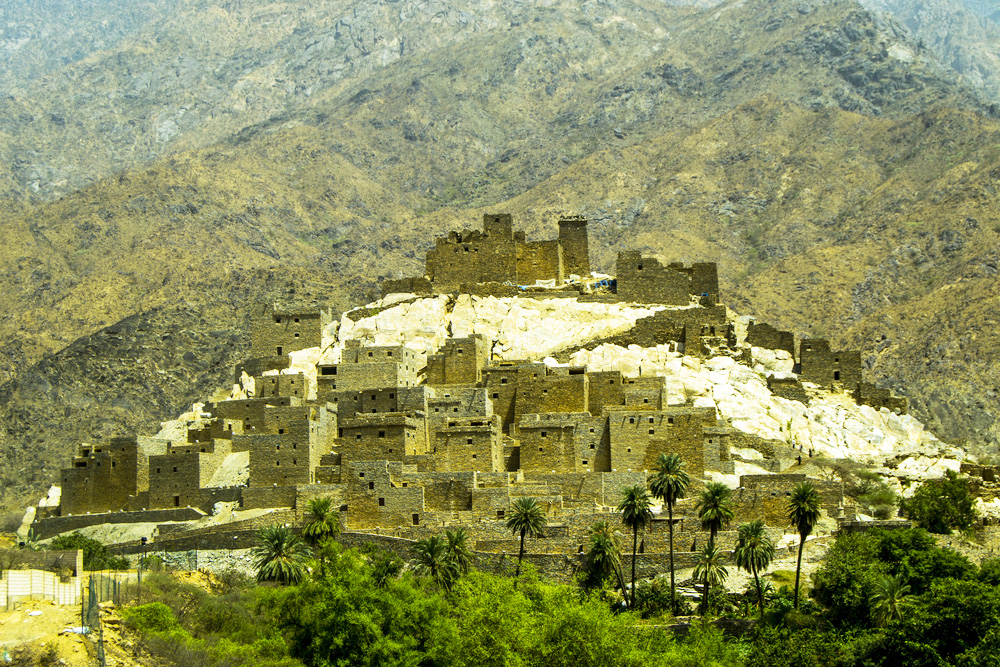
Reportedly one of the top destinations for tourists in the Kingdom, Saudi Arabia’s southwestern Al Baha province is a lush green region known for its dozens of forests and for one village that has come under the development plans of the Kingdom. The 600-year-old Thee Ain Heritage Village in Al-Baha is today one of the most stunning archaeological sites in the country.

The village is home to around 60 stone houses and a mosque adjacent to the river, as well as nearby forts that were built to protect the village and its residents from raids. According to Arab News, the village was actually built as a citadel on top of a hill, and is surrounded by banana trees and fruit orchards. Legend has it that village was named after the water that flows from the nearby mountains.

Today, under a Saudi Commission for Tourism and National Heritage (SCTH) development plan, Thee Ain is set to become a major economic, tourism, and cultural resource, providing job opportunities for local communities and tourist guides. The government of Saudi Arabia has already spent more than SR16 million ($4.265 million) on restoration work in the village, which so far has been divided into three phases over a period of five years, including the rehabilitation of the village’s main corridor, the reopening of the mosque, and restoration of a number of buildings that will be turned into a museum.

Over the last few years, Saudi Arabia has been aiming to be one of the most attractive countries for tourism in the region, banking on its location, its unique tourist and historic elements, and its welcoming people. This focus on developing its tourism sector is part of Vision 2030, an ambitious plan by Saudi Arabia to diversify its oil-dependent economy. Tourism is central to the Kingdom’s efforts to open up its economy to the world and create more job opportunities for its youth.

In fact, the SCTH and its partners have been focusing their efforts on localizing tourism-related jobs, which has already resulted in an increase in the number of direct jobs in the sector, going from 936,000 in 2016 to 993,000 in 2017. The number of work opportunities is expected to increase to 1.2 million by 2020.

















